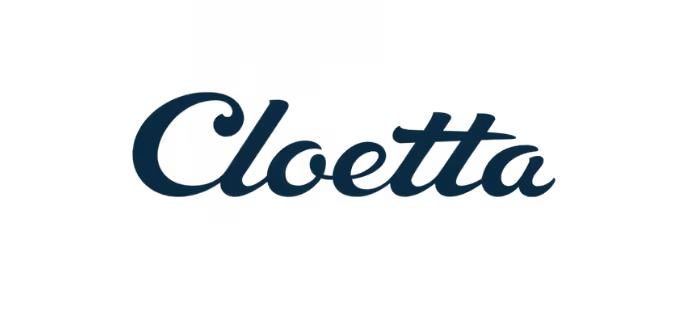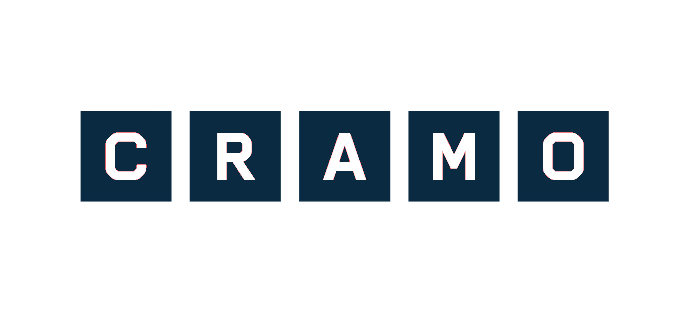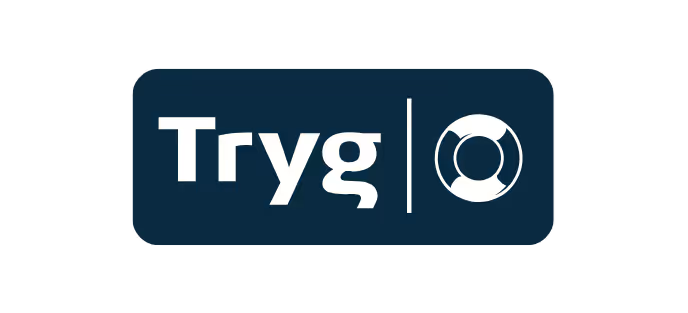"CDP has worked with CEMAsys for years as a CDP Silver climate change and SBT consultancy partner. Their expertise supports companies in creating robust strategies for transitioning their business models toward a 1.5°C, net-zero future."










"CDP has worked with CEMAsys for years as a CDP Silver climate change and SBT consultancy partner. Their expertise supports companies in creating robust strategies for transitioning their business models toward a 1.5°C, net-zero future."

"The process with CEMAsys (two score checks) helped us understand our gaps and where to put our efforts. The advice helped us in improve our score from D to a B in Climate, through greater understanding in the framework and our gaps. Furthermore, CEMAsys offered expert advice throughout the process."

“Since we began working with CEMAsys on CDP, we’ve seen a clear improvement in our rating — but more importantly, in how we link reporting to our decarbonization strategy."
.avif)



.avif)

.avif)


.avif)

